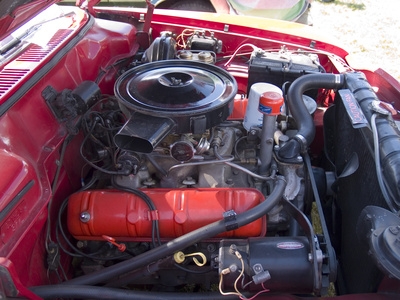
Carburetors are precisely manufactured, contain lots of small, moving parts, and are designed to accurately measure and meter fuel flow into an engine. It is inevitable that during their service life they will need to be disassembled, cleaned, and rebuilt. Gasoline is not a clean fuel. It contains lacquers and varnish, creates combustion by-products, and attracts water. Carburetors become fouled with all of these, and when they do, performance diminishes. Soaking the carburetor is essential to proper cleaning, as long as the proper solvent is used.
Use a screwdriver and disassemble the carburetor. It's necessary to remove the main components, including the float-bowl cover and the base plate. It's also a good idea to remove the jets in the bottom of the float bowl. This allows the cleaning solvent to penetrate all the small areas that become contaminated with the lacquers and varnish found in gasoline. The float bowl may also have calcification in the bottom if water has accumulated and sat in the carburetor for an extended length of time.
Place all the components in a soak basket. These metal baskets are perforated with small holes to allow solvent in, but the holes are small enough to prevent small, delicate carburetor parts from falling out. Lower the basket into the 5-gallon bucket of specialty carburetor cleaner. Allow it to soak over night.
Remove the carburetor from the cleaner bucket, and hook the basket on the side of the bucket using the built-in clips that are on the side of the basket. Allow the cleaner to drain back into the bucket. Turn the body of the carburetor over to make sure the float bowl fully drains. Remove the basket and replace the lid of the cleaner. It is highly evaporative, so keep the lid secure.
Rinse the carburetor with clean water. Wipe the carburetor down with clean shop towels, then use compressed air to lightly blow out any trapped water in the assorted passages and fuel metering channels. Once completed, the carburetor is ready for rebuilding.